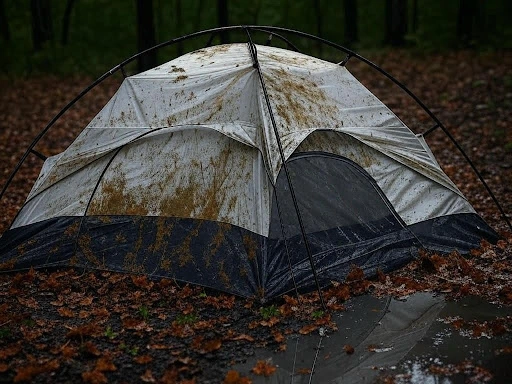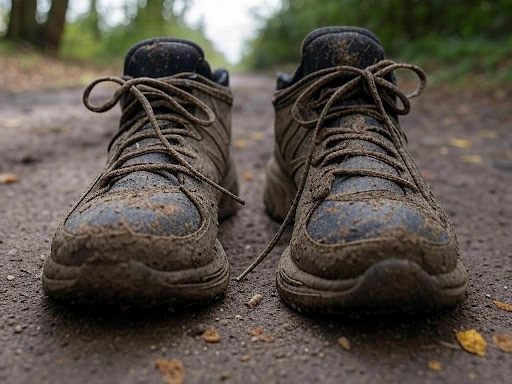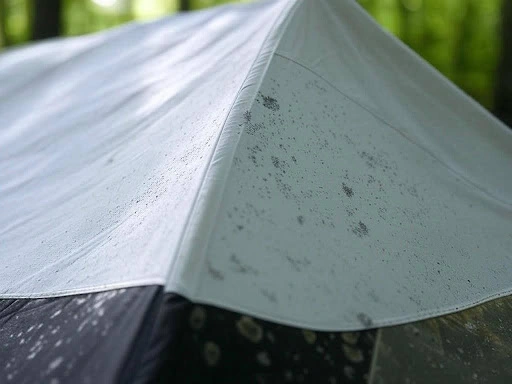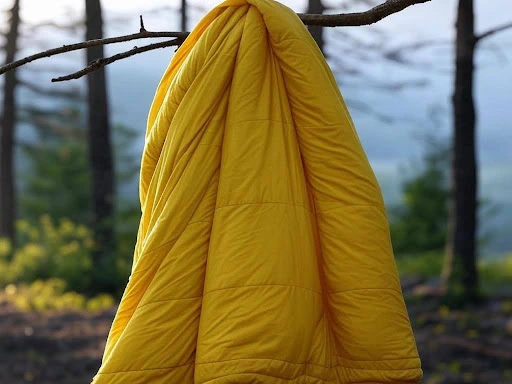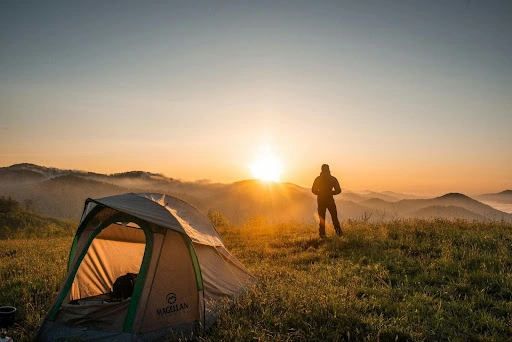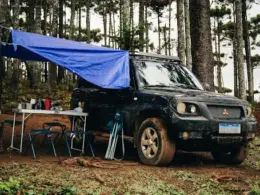A successful outdoor adventure often leaves behind more than just memories; mud-caked boots, smoky tents, and damp sleeping bags are souvenirs of the experience. While it’s easy to stash your gear into a closet until your next trip, this can lead to musty smells, mold infestations, or worse, damaged equipment.
Taking care of your gear isn’t just about cleanliness; it’s essential for extending its lifespan and ensuring your next adventure goes off without a hitch. With a little post-trip effort, you can keep your camping essentials in peak condition, saving you money and maximizing their performance.
Table of Contents
Step-by-Step Cleaning Guide
Getting your gear sparkling clean doesn’t require fancy tools or harsh chemicals. With the right techniques and materials, you can easily restore your equipment to its best condition.
General Cleaning Practices
- Use Vinegar-Water Solution: For tents, a mix of vinegar and water works wonders to remove light stains and odors. It’s safe, eco-friendly, and ensures no harsh chemicals will compromise the waterproof coatings.
- Specialized Detergents for Outdoor Gear: Products formulated specifically for outdoor fabrics, like Nikwax Tech Wash, are gentle yet effective, especially for items like sleeping bags. Avoid regular laundry detergents since they don’t mesh well with delicate materials.
Gear-Specific Tips
Tents
- Shake the tent to remove dirt and debris from the inside.
- Spot clean using a damp cloth and a diluted vinegar solution for areas with stains or mud.
- Wipe down zippers to avoid future jamming caused by grit.
Sleeping Bags
- Use a large front-loading washing machine or hand-wash your bag. Top-loading machines with agitators can damage insulation.
- Employ a gear-specific detergent to maintain the fill’s loftiness.
- Rinse thoroughly to avoid detergent buildup, which can interfere with insulating properties.
Backpacks
- Empty your backpack, checking every pocket for crumbs, spills, or overlooked items.
- Clean the outer fabric with a soft sponge or brush. Use a mild mixture of water and detergent to tackle stains.
- For internal spills, wipe using a damp cloth and air dry.
Boots
- Remove insoles and laces for separate cleaning.
- Use a soft brush to remove caked-on dirt.
- Dampen a cloth and wipe down both interiors and exteriors.
Drying Dos and Don’ts
Proper drying of your gear prevents odors, cracks, and mildew buildup. However, drying gear the wrong way can compromise its materials which ultimately reduces its lifespan.
Avoid Direct Heat
High temperatures from dryers or heaters may shrink fabrics, degrade waterproof coatings, and weaken seams. Synthetic materials used in tents, sleeping bags, and even backpacks suffer under prolonged heat exposure.
Best Practices for Drying
- Shaded Drying Areas: Lay your gear in a space with shade and consistent airflow. A backyard with gentle wind is ideal.
- Use Hangers or Racks: Sleeping bags and tents dry best when hung evenly. This method prevents damp spots or mildew buildup in seams.
- Flip and Rotate Items: Rotate your gear periodically to ensure all surfaces dry evenly.
Smart Storage Solutions
With your gear cleaned and dried, proper storage is your next crucial step. The right conditions protect against mold, wear, and odors, ensuring each item stays fresh for future use.
Proper Storage Materials
- Breathable Bags: Replace plastic bins or vacuum-sealed bags with loose, breathable alternatives like cotton or mesh sacks. These allow airflow, preventing moisture from accumulating.
- Dedicated Storage Bags for sleeping bags and tents: Use roomy storage sacks rather than compression sacks, which can physically strain the fill material of padding or insulation.
Storage Environment
- Choose a dry, cool area, like a closet or storage room, for your gear.
- Avoid humid spaces like basements or garages where excessive moisture can boost mold growth.
- Place cedar blocks or lavender sachets nearby to repel mold, mildew, and pests naturally.
Periodic Checks
Every few months, revisit your stored gear. Look for any signs of odor, moisture, or stains. Early intervention insulates your gear from lasting damage.
Final Thoughts
By incorporating these cleaning, drying, and storage practices into your post-trip routine, your outdoor gear will serve you well for years to come. These steps not only preserve functionality but also save money by reducing premature replacements. Once you’ve done the cleaning routine after a few trips then it just becomes another productive camping habit.

